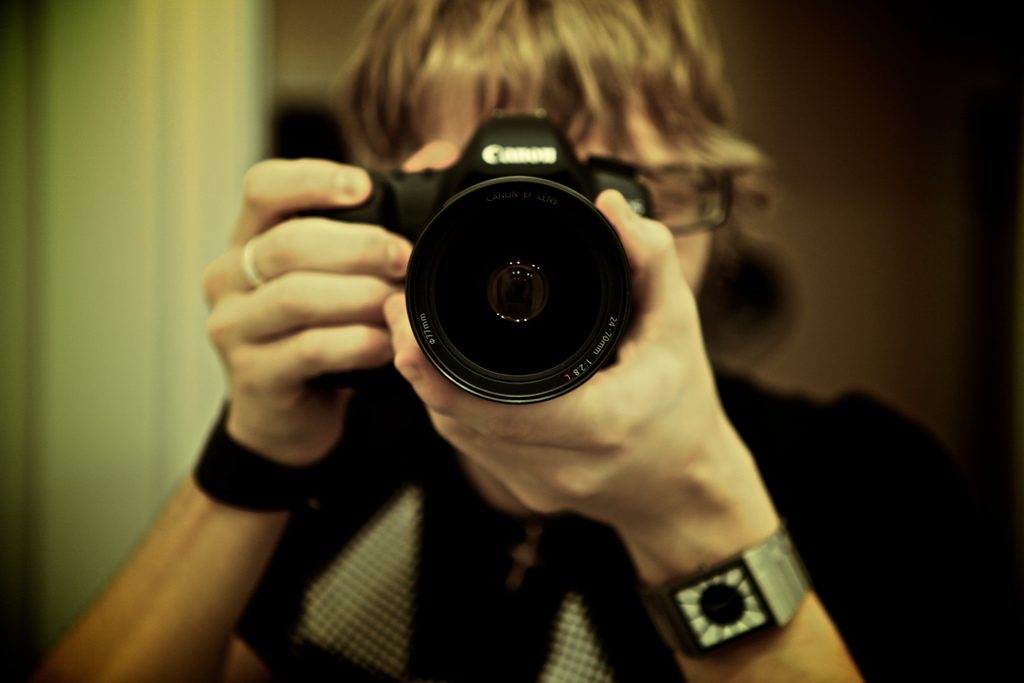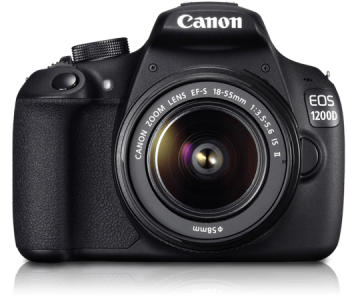Canon EOS 1200D (R6 300)
Lightweight model from a trusted brand
No matter where you go, Canon will always been in at least the top three positions for users looking to buy a new camera – and with good reason. The brand has been around for a long time and over the years it has managed to build up a solid base of cameras, both high-end and entry-level, and it has a bit more in its marketing budget than other manufacturers. As with its high-end SLR offerings, the maker’s entry-level options provide users with great photos in an easy-to-use package.
Handling
Unlike the Pentax K-50, the shutter button is placed a bit forward in the usual position, so it makes for a more natural reach around the grip when taking pictures. In terms of the overall build, the 1200D is a mini version of the usual Canon bodies which seem to define the brand – study, yet light-weight. Measuring 129.6 x 99.7 x 77.9 mm, it fits perfectly in the hands of the user, even if you have long fingers. Being the follow-up to the EOS 1100D, Canon made a number of changes in the design to make things a bit easier. The most prominent is the larger grip which now features a textured surface. Those familiar with Canon cameras, and particularly the 1100D, will find all the buttons, knobs and dials in the regular places. The 3-inch screen also helps to put things in perspective, but as with the K-50 we would have like to see an articulated screen.
Image quality
The 1200D has a very generous 18 megapixel APS-C CMOS sensor, which will be hard to beat when it comes face-to-face with other entry-level SLR cameras. Being a Canon, it naturally incorporates the proprietary DIGIC 4 processor to move things along rather swiftly. The 1200D performs rather well in low-light but there will be a significant drop in the higher ISO ranges, and it only has a maximum of 12 800, but sticking to between ISO 100 and ISO 800 will produce images with no noise. Together with colour changes and warmth settings, the cameras comes with a number of different modes, which beginner photographers should find extremely beneficial – like Auto Lighting Optimizer, Highlight Tone Priority and a plethora of options in Creative Auto mode. Under ideal circumstance, image quality will be prefect, and since the highest image size is around the 5184×3456 mark, you can be assured that blowing them up with diminish the quality.
Performance
It is extremely rare for Canon to make rubbish cameras, and the 1200D is no exception. This particular model is great as an entry-level option as it doesn’t have too many frills and fusses that might distract beginners from taking their hobby serious. But with that said, it has just enough features to squeeze every bit of creativity out of the user. The 9-point auto focus module will make sure that whatever crosses the viewfinder will be in focus, and if you fancy a bit of fast shooting, it can go up to three frames per second in continuous shooting (which isn’t as fast as other models, but it gets the job done). It can also record movies in full 1080p at up to 30 frames per second. The price might seem a bit steep, but it is well worth the investment.


